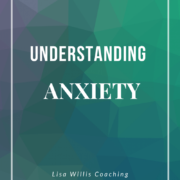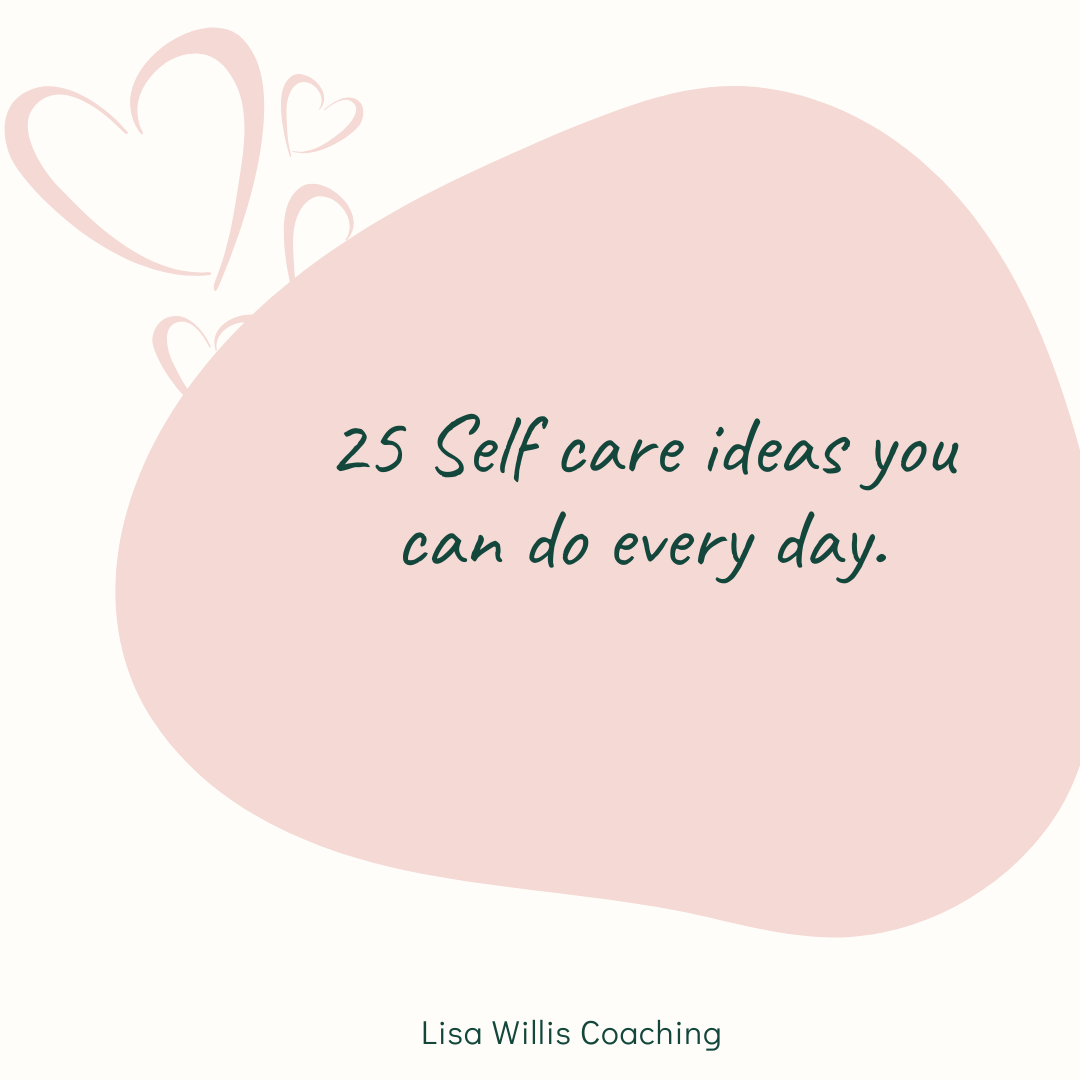Understanding Anxiety
UNDERSTANDING ANXIETY
Stress affects us all, but we each have a different way of dealing with it. Some of us can quickly move on with our day, some of us can transfer that stress into physical activity, like running. But a large number of us find difficulty coping with life’s challenges, and tend to over-analyze and allow our minds to spiral into a dark place that makes carrying on with our day next to impossible.
As humans, we are naturally driven by fear, stress, and peer pressure to perform to the best of our ability to prevent failure. So to an extent, anxiety for most people is normal, short-lived, and can be overcome. However, for many, those brief moments of fear can linger too long, trigger other feelings and emotions, and cause panic attacks or other symptoms — This is called generalized anxiety disorder. Anxiety disorders affect approximately 30 percent of adults in the United States and are the leading cause of mental illness. In general, treatment consists of psychotherapy, medication, and lifestyle changes.
Keep in mind that there are different types of anxiety. Some types are social anxiety, panic disorder, or symptoms related to post-traumatic stress. A person could also have feelings of nervousness and worry about things that might not happen. In any event, it is important to find ways to reduce anxiety in our lives. I wrote another blog post on some activities that can be used to cope with and manage symptoms of anxiety. You can review them here.
Thanks for stopping by.
Source:
https://adaa.org/understanding-anxiety#






